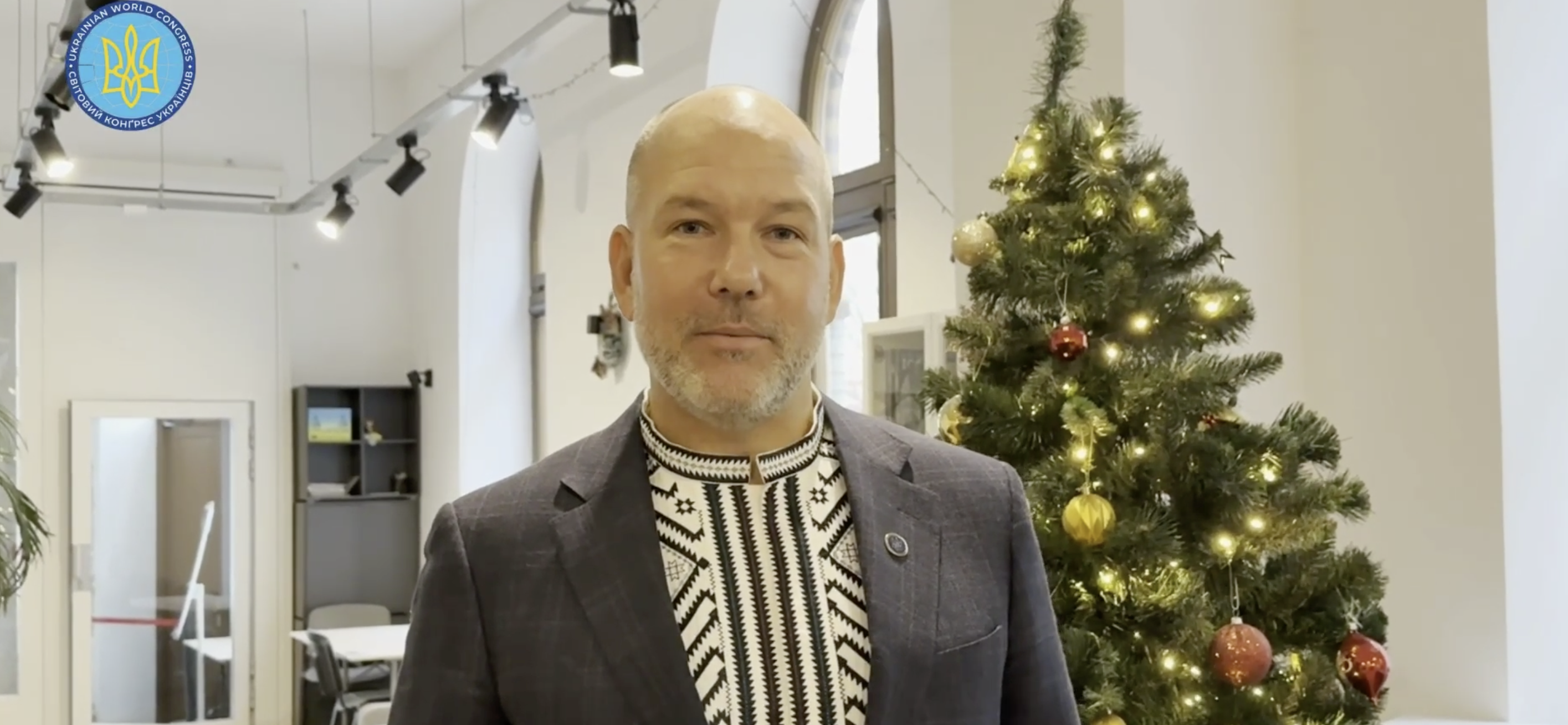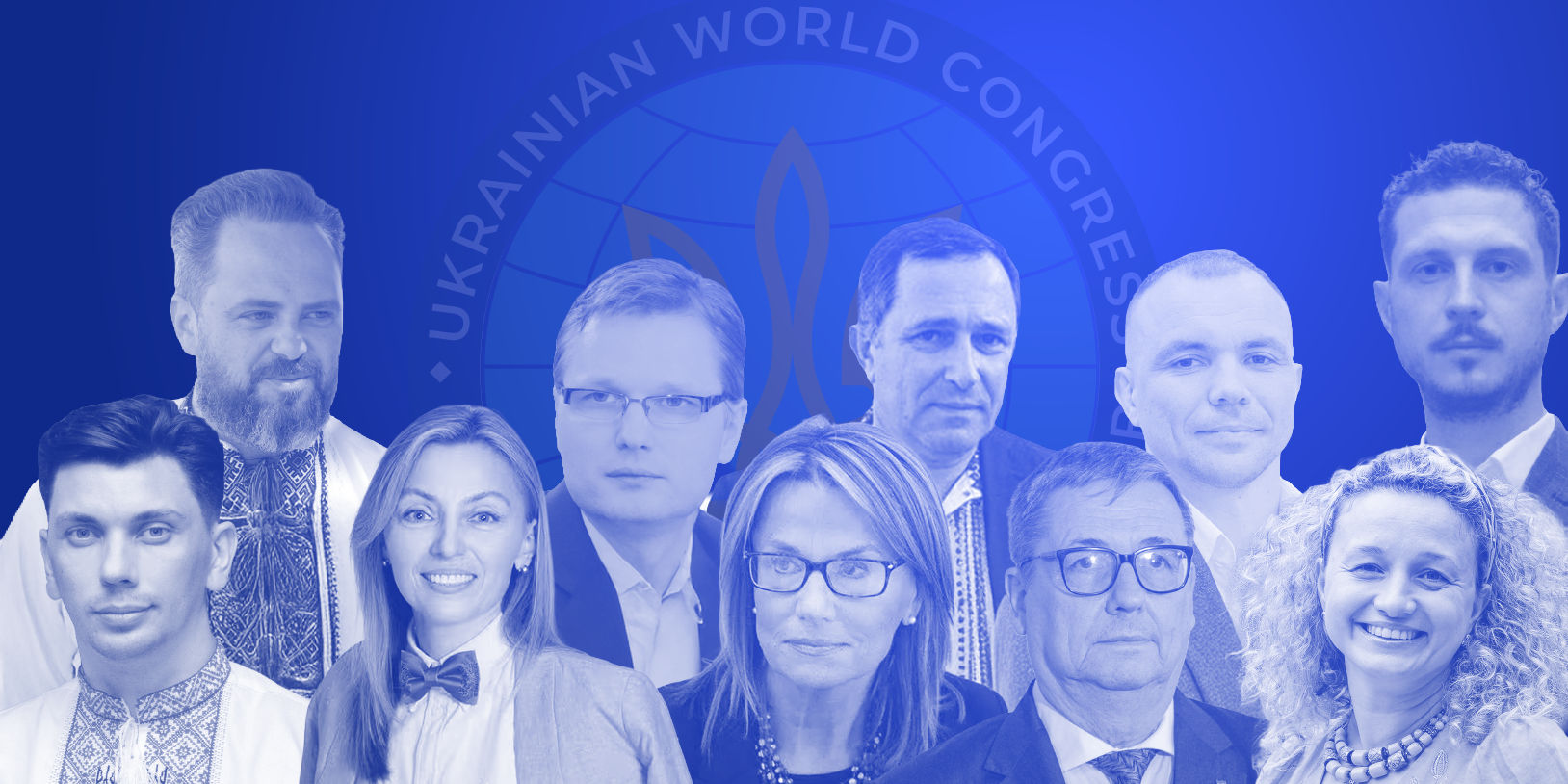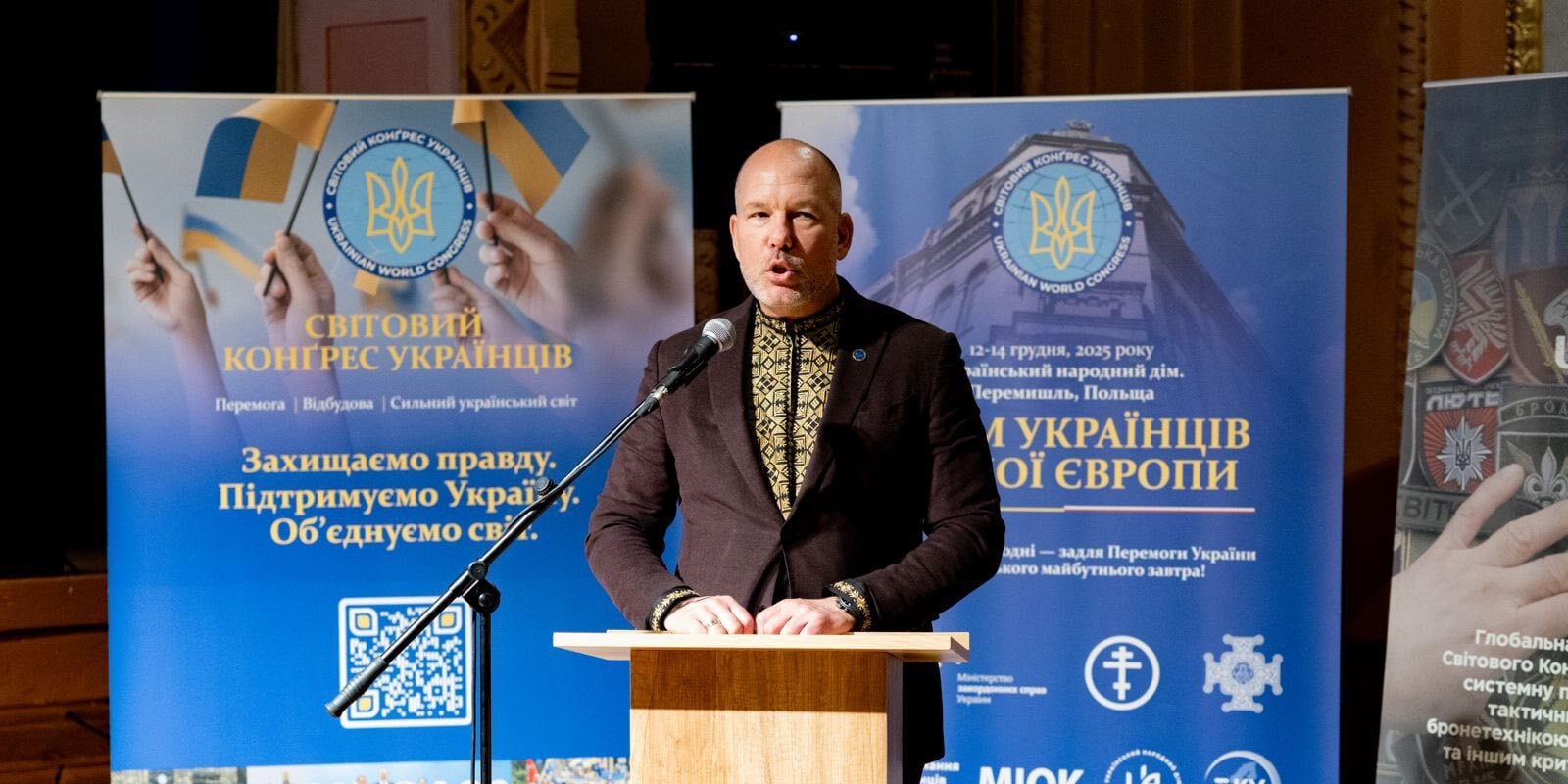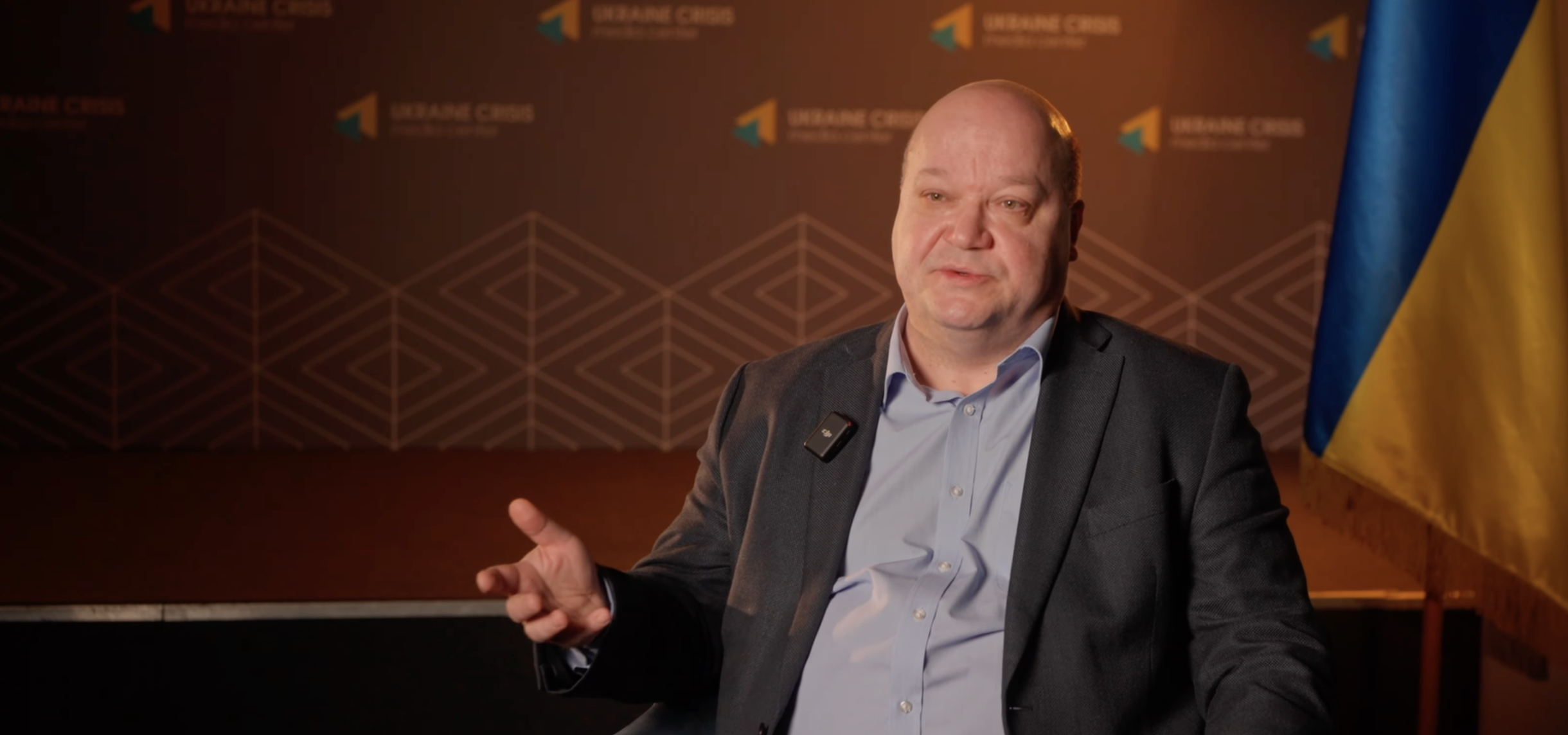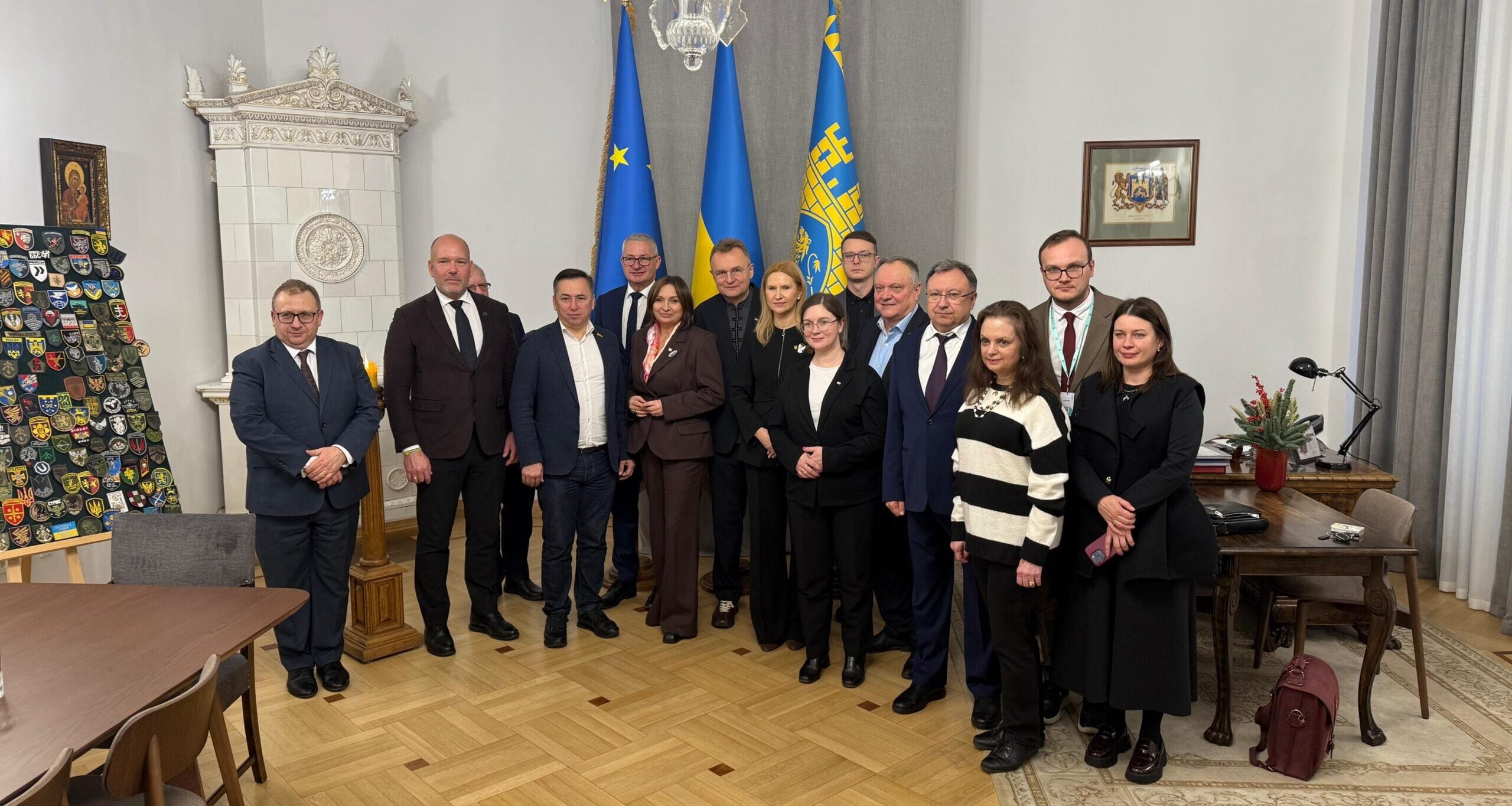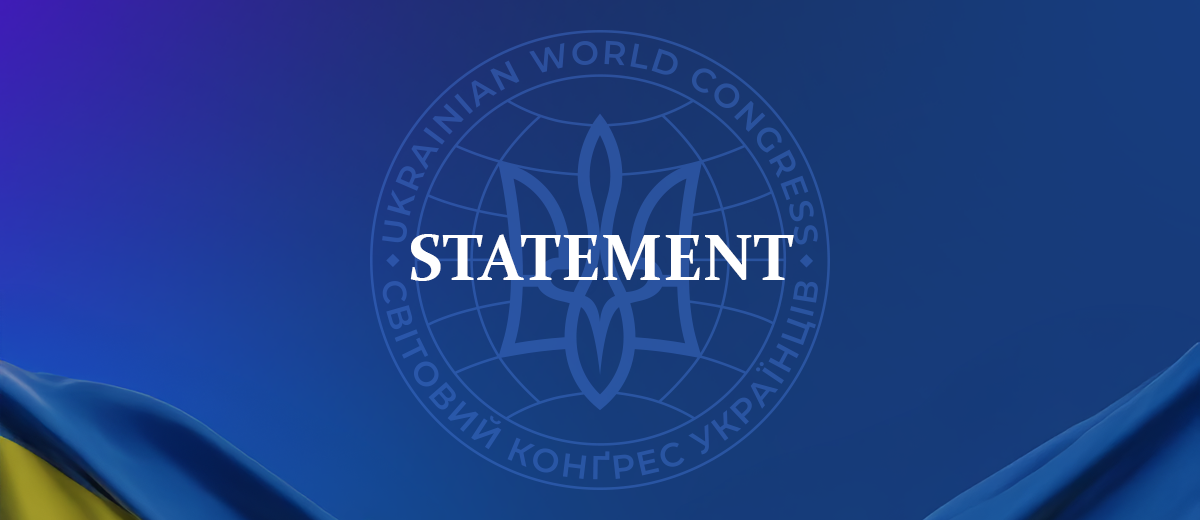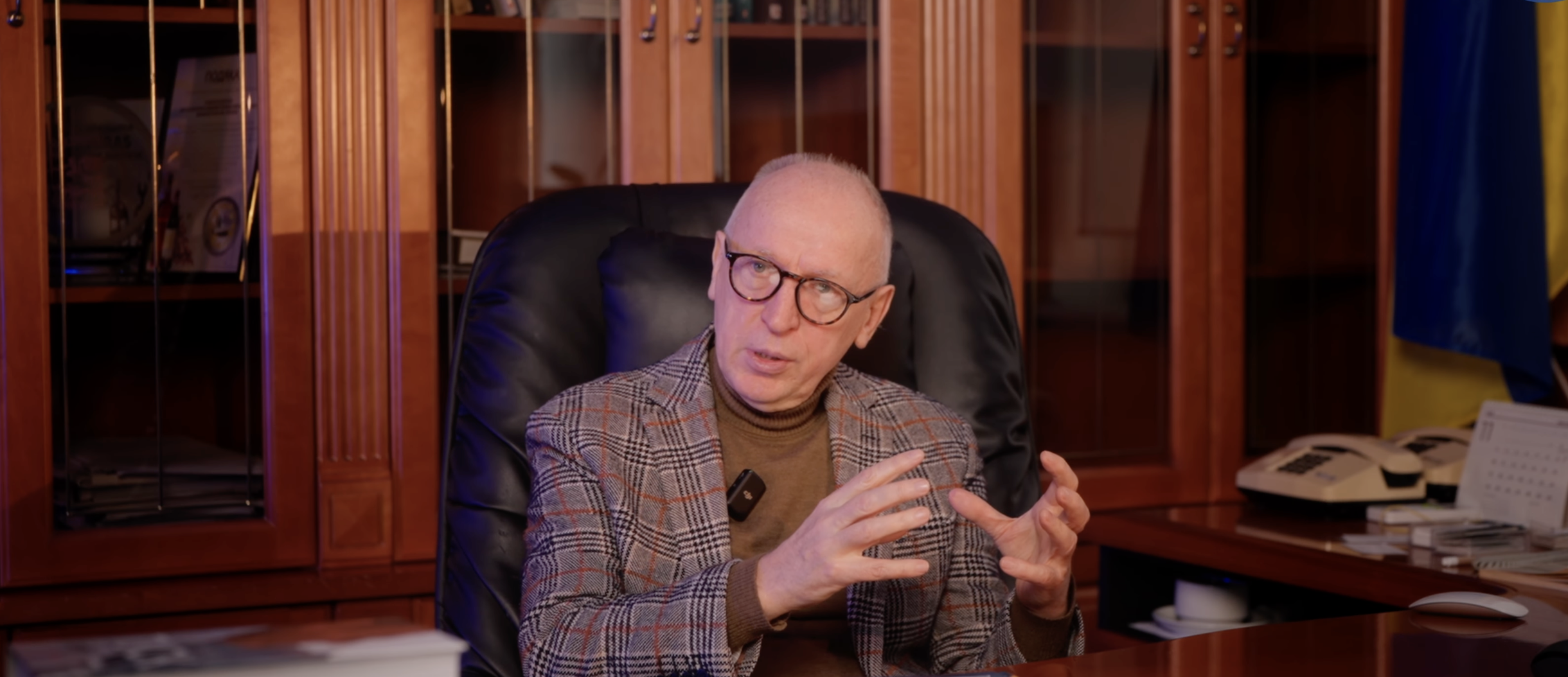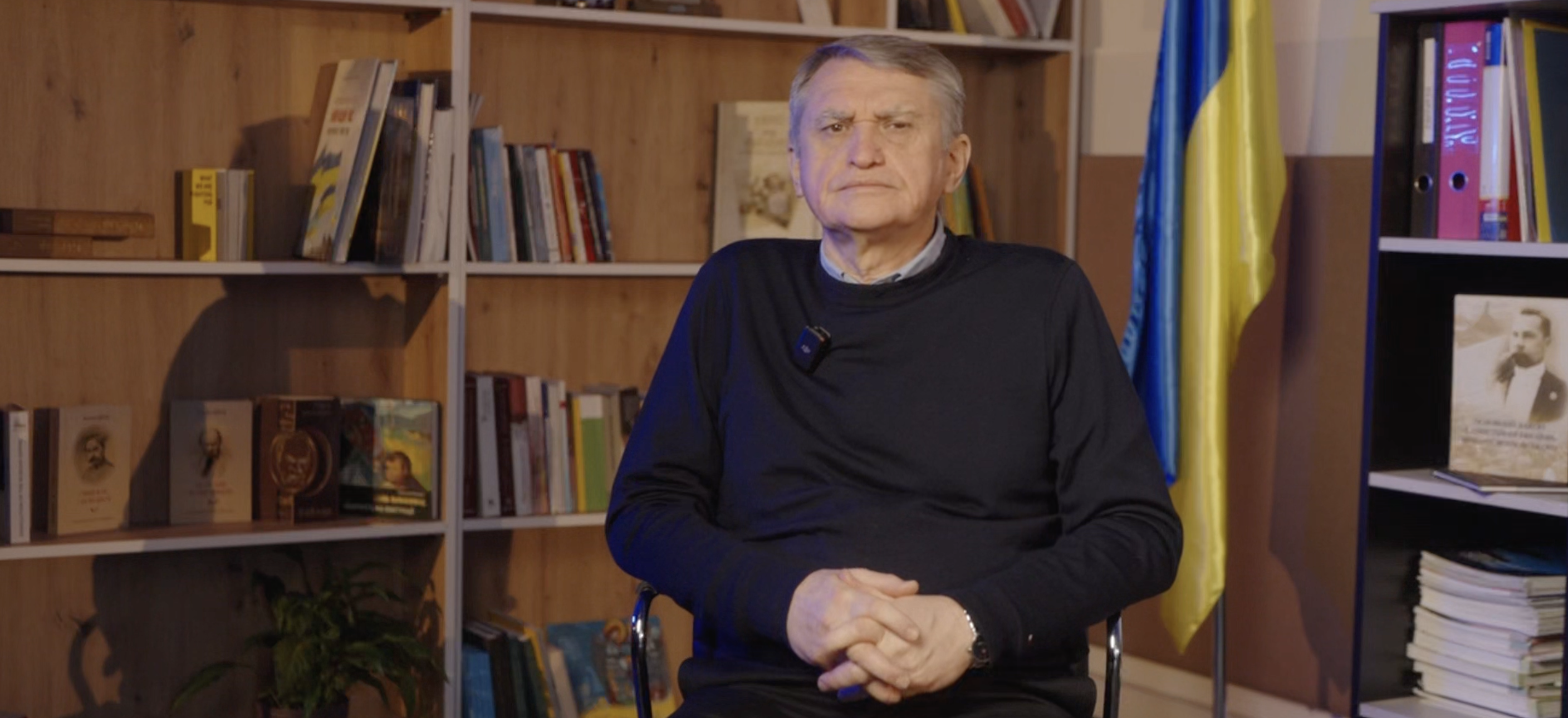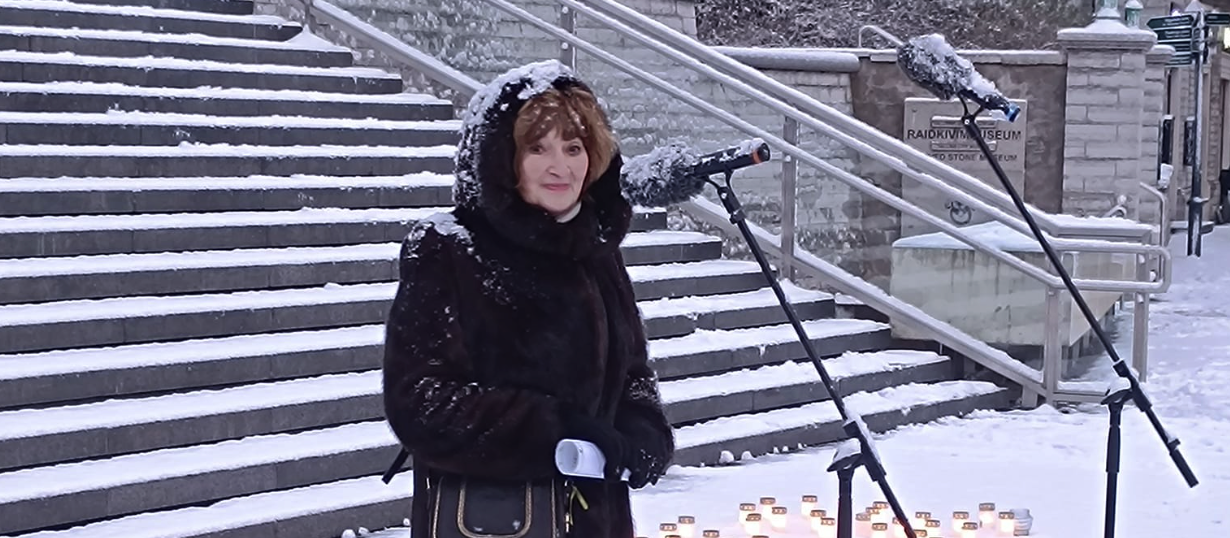
The Congress of Ukrainians of Estonia (CUE), together with Ukrainians in Ukraine and worldwide, honored the memory of the victims of the Holodomor during what was called the Light a Candle event on Nov. 23 in Tallinn. Diplomats, activists, and community representatives participated in the event. Vira Konyk, Head of the CUE, delivered a speech there. The Ukrainian World Congress is publishing the text of her speech.
Recently, we marked 1,000 days since Russia’s full-scale invasion of Ukraine and nearly 4,000 days since the start of the Russo-Ukrainian war. It feels as though this brutal, genocidal war has overshadowed all other events in Ukrainian history. However, Russia’s campaign to destroy the Ukrainian people did not begin recently – it has spanned centuries. One of the most horrific crimes in this long history is the Holodomor of 1932–1933, orchestrated by the totalitarian regime of Joseph Stalin.
Today, we continue to receive heartbreaking news of Ukrainian casualties, but we must never forget the millions who perished in the Holodomor. On this Remembrance Day, hundreds of millions of candles are being lit in homes across Ukraine and around the world to honor their memory.
The truth about the Holodomor was systematically concealed by Stalin’s regime. Soviet propaganda, which portrayed a flourishing life in the USSR, was the only narrative that reached the outside world. Yet, the scale of the Holodomor was so immense that some information managed to slip through the Soviet Union’s iron curtain.
For us, Ukrainians in Estonia, a discovery made by Yevhenii Zavadskyi, a PhD candidate at the University of Tartu, is especially significant. While conducting research for his dissertation, Zavadskyi uncovered reports from Estonian newspapers – both in Estonian and Russian – dating back to 1932. These reports documented the mass famine in Ukraine and included eyewitness testimonies. Zavadskyi kindly shared some of these materials with me, for which I am very grateful.
For example, one newspaper published a letter from a Kyiv resident: “Queues for bread stretch 2,000–3,000 people long…Entire villages are dying, and crowds of starving peasants are fleeing to the cities, hoping to find salvation. Disillusioned, they lie in the streets and perish. Many abandon their children, hoping they will be taken to orphanages and fed.”
In the same newspaper, an article from Oct. 19, 1933, featured a speech by Tartu University scholar Kurchynsky, who made the following observations:
- The famine is an undeniable fact, and only those deliberately choosing to ignore it could fail to see it.
- The Soviet government vehemently denies its role in causing the famine while continuing to export food abroad.
- Kurchynsky also noted the global community’s weak response to the situation in Ukraine, fearing repercussions in their relations with the USSR. Moreover, any attempt to gather information about the famine could result in trouble with the secret police, even for diplomats.
The Estonian Parliament has consistently supported Ukraine. Back in 1993, Estonia became the first country to recognize the Holodomor of 1932–1933 as a genocide against the Ukrainian people. Tallinn condemned the crime of mass starvation orchestrated by Stalin’s Soviet Union.
Last October, the Ukrainian World Congress awarded the Estonian Parliament its highest honor – the St. Volodymyr the Great Medal. Estonia’s highest legislative body received a commemorative sign for a significant contribution to the development of the diaspora and/or Ukraine.
Cover: CUE on Facebook
